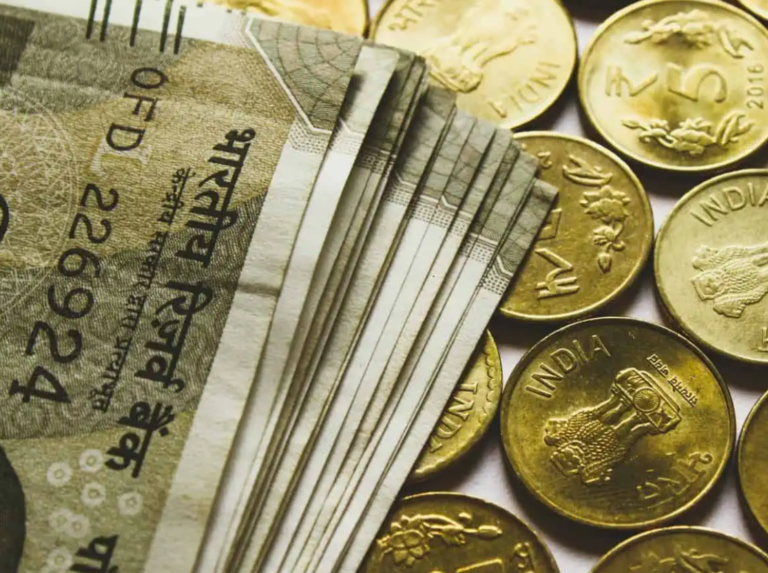Ever walked into a store and immediately felt calm, excited, or curious—without even realizing why? That feeling wasn’t accidental. It was likely the result of intentional color psychology embedded in the store’s interior design. In the world of retail, color isn’t just aesthetic—it’s strategic. When used thoughtfully, color can drive emotional engagement, enhance brand perception, and, most importantly, influence purchasing behavior.
The Science Behind Color Psychology
Color psychology explores how different hues affect human emotions and behaviors. In retail environments, these emotional triggers directly impact:
- Time spent in-store
- Impulse decisions
- Brand recall
- Purchase satisfaction
Different colors evoke different responses, and savvy retailers use this to shape their spaces for targeted psychological impact.
How Different Colors Influence Shopper Mood
Here’s a quick look at how various colors work in a retail setting:
- Red: High energy, urgency, and appetite stimulant. Often used during sales or in clearance zones to create excitement.
- Blue: Calm, trustworthy, and dependable. Common in tech and wellness stores to promote a sense of security.
- Yellow: Cheerful and attention-grabbing. Used in storefronts and window displays to capture attention and convey positivity.
- Green: Relaxing and refreshing. Works well in eco-friendly stores or wellness-focused brands.
- Black: Elegant and luxurious. Favored by high-end retailers to convey sophistication and exclusivity.
- White: Clean, minimal, and modern. Often used in skincare and lifestyle retail to emphasize purity and simplicity.
- Purple: Associated with creativity and luxury. Perfect for beauty, art, or boutique brands.
When combined with the right textures, lighting, and layout, these colors can subconsciously guide customers toward making a purchase.
Mood-Driven Zones Within the Store
Retail spaces often include different mood zones—each designed with distinct color schemes that reflect its function or goal:
- Entry Area: Bright, warm colors to attract and energize.
- Main Display Zones: A balanced palette that draws focus to products without overwhelming the senses.
- Lounge or Try-On Areas: Softer, calming colors that make customers feel at ease and spend more time.
- Checkout Counters: Energizing colors like red or orange can encourage last-minute impulse purchases.
These transitions in color help control the shopper’s emotional journey—from initial interest to final purchase.
The Role of Lighting & Material
Color doesn’t exist in isolation. Its perception is shaped by lighting, surface materials, and spatial design. For instance:
- Matte finishes soften bold hues for a more relaxed atmosphere.
- Warm lighting enhances reds and oranges to make them more inviting.
- Natural textures like wood or stone paired with greens and neutrals promote a grounded, organic feel.
The key is creating a cohesive color experience that reflects the brand’s identity and customer expectations.
Color + Branding = Emotional Loyalty
Consistent color use across the store’s interior, packaging, and digital touchpoints creates a strong brand imprint. Customers start associating specific feelings with a store’s color environment—making them more likely to return.
A great example: Apple’s white, minimalistic interiors reinforce a brand built on clean design and innovation, while Sephora’s black and white palette emphasizes contrast, drama, and luxury in beauty.
Final Thoughts
Retail interior design today goes beyond merchandise displays—it’s about creating a mood-driven shopping experience. By leveraging the power of color psychology, retailers can subtly influence behavior, enhance customer satisfaction, and increase sales.
Because when the space makes you feel good, you’re more likely to buy—and come back for more. Visit Design Arc Interiors.


